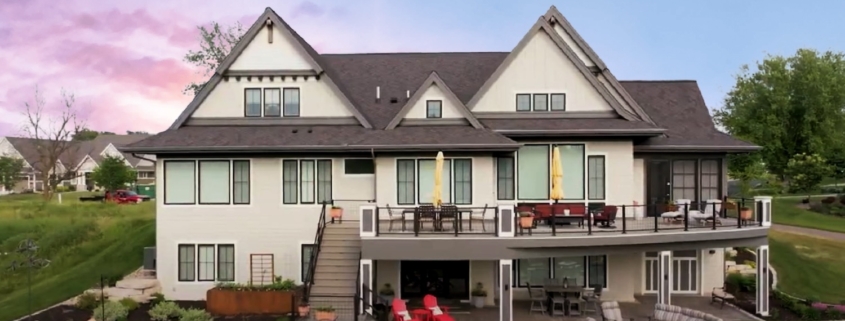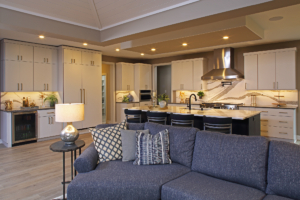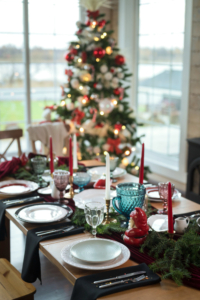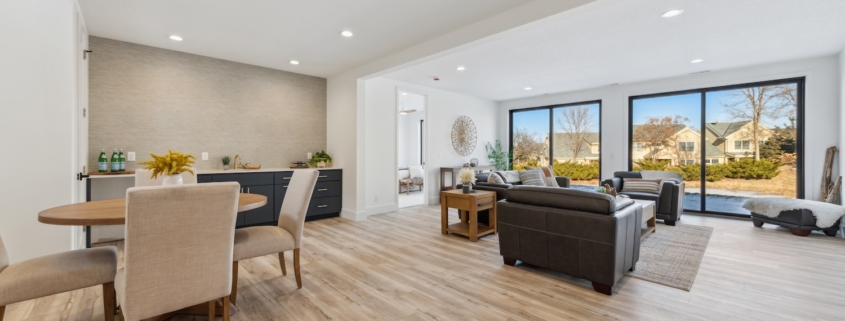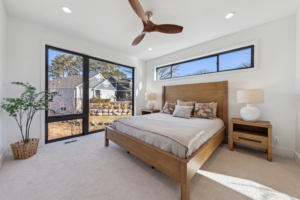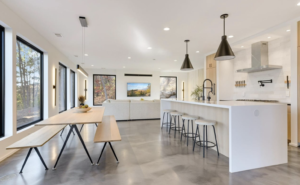Building your dream home is indeed an exhilarating journey, and when you collaborate with professionals like Tice-Hause Design Build, the experience becomes even more rewarding. Crafting a space that truly reflects your style and meets your needs takes not only passion but also meticulous planning and strategic budgeting. As you set your sights on 2026, it’s crucial to lay down a solid financial foundation to ensure that your vision materializes without unexpected bumps along the way. With that in mind, here are some essential tips that will guide you through the budgeting process, ensuring that every dollar spent brings you closer to the dream sanctuary you’ve always envisioned.
1. Define Your Budget
Begin by determining how much you can realistically spend. Factor in your current savings, income, and expenses. This will give you a base for your dream home budget.
2. Consider All Costs
Don’t just focus on the construction costs. Include land, permits, design fees, landscaping, and furnishing in your budget. This way, you avoid surprises later.
3. Create a Detailed Plan
Write down all the features you want in your dream home. Separate them into needs and wants. This helps prioritize your spending.
4. Build a Contingency Fund
Set aside 10-15% of your total budget for unexpected expenses. This ensures that you stay on track during the construction of your dream home.
5. Research Financing Options
Explore different financing options to fund your dream home. Look for mortgages with competitive rates. Talk to lenders to find the best fit for you.
6. Get Multiple Quotes
When selecting contractors or suppliers, get at least three estimates. Compare these quotes to find the best value. This helps you save while building your dream home.
7. Identify Cost-Saving Opportunities
Consider eco-friendly and sustainable materials that save money long-term. These materials may cost more initially but offer savings on energy.
8. Timing Matters
Plan construction during off-peak seasons. This can significantly lower labor and material costs. Be strategic about your timing when building your dream home.
9. Stay Flexible
Things might not go as planned. Stay open to adjusting your budget if necessary. Flexibility can help manage your expectations while building your dream home.
10. Track Your Expenses
Use budgeting apps or spreadsheets to monitor your costs. Keeping track helps prevent overspending. Regularly updating your budget keeps your dream home project in check.
Conclusion
Budgeting for your dream home in 2026 requires discipline and foresight. Follow these tips to create a realistic and comprehensive budget. Working smartly ensures you’ll enjoy your dream home without financial stress. The experienced and professional team at Tice-Hause Design Build can help you every step of the way to ensure you maximize your budget and get the end result your desire.

